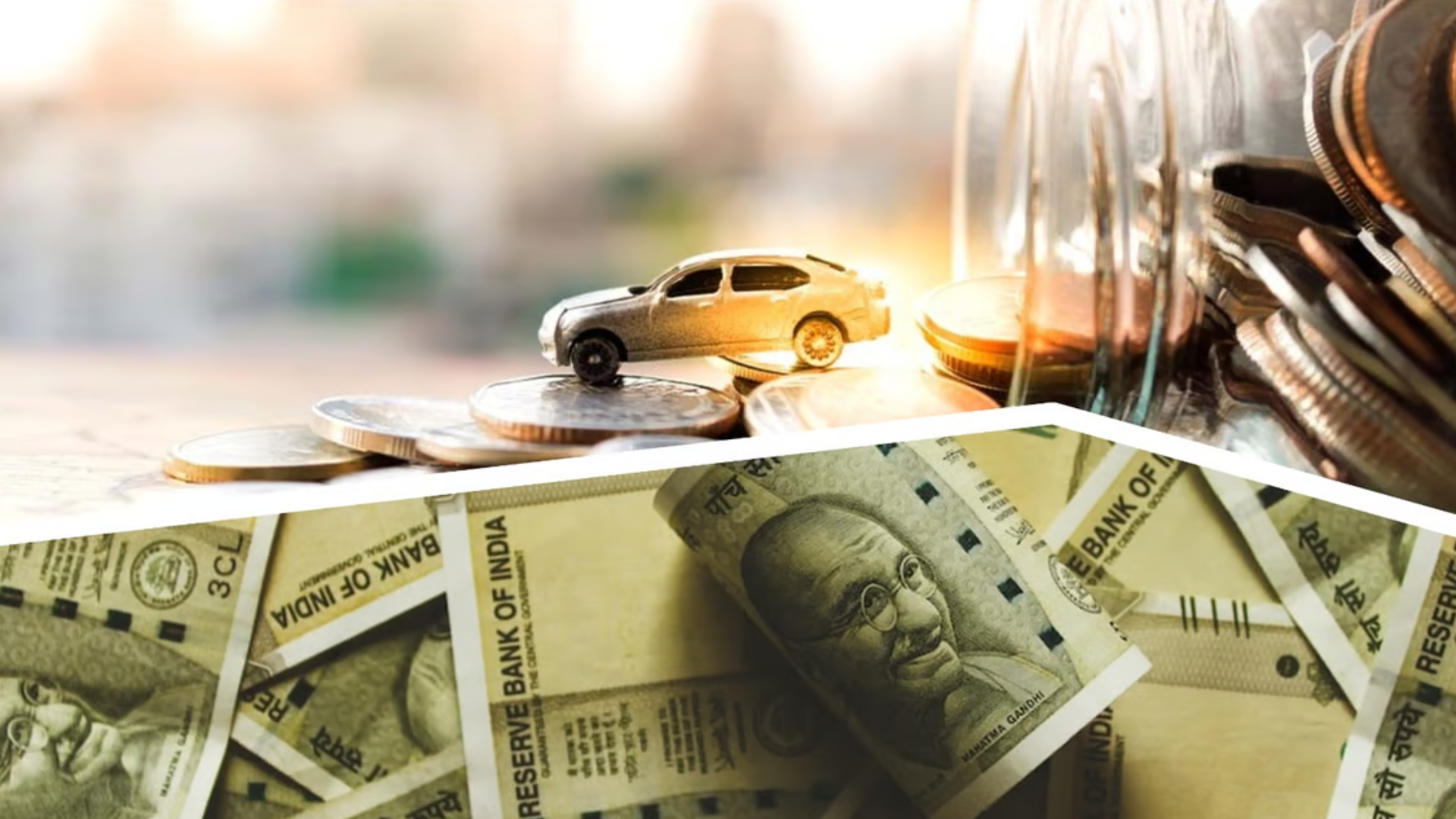
Delhi’s Push Against CNG Autos Raises Industry Concerns
The city gas distribution industry has been rocked by the Delhi government’s proposed move to outlaw auto-rickshaws, or “autos,” that run on compressed natural gas (CNG). If other states follow suit, it could have a cascading effect that jeopardises the viability of significant investments in already-existing and under-construction networks across the nation.
Among other things, the city administration is preparing a draft of an electric vehicle policy that would, starting on August 15, prohibit the registration of new CNG cars and the renewal of registrations for 10-year-old CNG three-wheelers unless equipped with battery-electric propulsion.
According to industry leaders, the short lead time will cause turmoil in Delhi’s public transport system since two-thirds of the approximately 90,000 cars may reach the 10-year milestone or require renewal by the suggested deadline.
“Purchasing a new electric vehicle is an expensive endeavour. There are several questions around retrofitting, and there are no established conversion criteria or ecosystem. An executive from a major operator, who asked to remain anonymous, stated, “Charging infrastructure is another issue.”
One of City Gas’s two main business sectors is CNG retail; the other is piped delivery to commercial and industrial customers. A significant portion of sales are from automobiles.
An investor’s proposal for a city gas licence is based on these. The government designated natural gas as the transition fuel and city gas networks as one of the cornerstones of its goal to increase the proportion of gas in the nation’s energy basket from around 7% to 15% by 2030, which is why the 12 licensing rounds were successful, according to an executive of another operator.
Approximately 100% of the country’s land area is covered by the 307 “geographical areas”—cities and towns for service—for constructing city gas networks, together with 733 districts spread throughout 34 states and Union Territories.
The feasibility of 195 compressed natural biogas plants being constructed by public sector enterprises under the government’s SATAT program, which is expected to cost an estimated Rs 2,50,000 lakh crore, may also be impacted by a cascading effect.
Due to economic uncertainty, private enterprises in the field were slow to invest, therefore, the government requested nine oil corporations to do so. Natural gas should be handled differently from liquid hydrocarbons as a transition fuel. Take into account that coal provides 70% of the power used for charging. A gradual transition is preferable to a sudden one. Through incentives, governments may quicken the pace,” the first executive stated.



